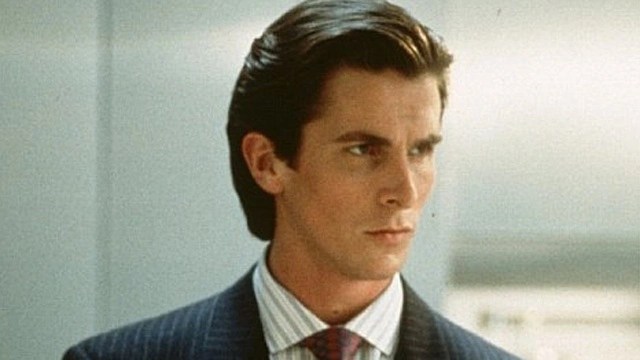
The dark side of humor is much older than film, and probably as old as humor itself.
From Shakespeare’s tragicomedies to the friendly violence of the Three Stooges, dark-leaning humor has for centuries given audiences a reason to laugh at the absurd, sometimes upsetting truths about the human condition. And while the use of dark humor was more subtle in the past, and slightly more reserved, over time it has become more common and more extreme in its subject matter.
Today, an entire genre of dark or “black comedies” has developed to indulge these ironic tendencies and provide laughs about nearly any subject, however taboo it may seem to some viewers. And while the strictly “black comedy” genre has a particular tone and style— usually quirky and ironic— darkly comedic elements can now be found across the entire genre spectrum, from romantic comedies to dramas to action thrillers and more.
Below is a list of some of the darkest comedies in film history, beginning with a classic of the black comedy genre and proceeding to more diversified examples containing elements of classic drama as well as the darkly comedic. While the list could be much longer, these picks represent some of the most unparalleled and exceptionally dark comedy films yet produced.
1. The Dark Backward (1991)
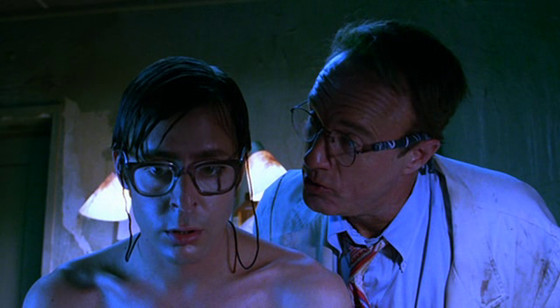
One of the darkest, strangest films ever made, “The Dark Backward,” written and directed by Adam Rifkin, exemplifies the dark comedy style in its purest form, with a gritty tone, darkly surrealist imagery and filth permeating nearly every scene throughout. Not for the squeamish, the first ten minutes of this film includes a scene in which an act of necrophilia is suggested, and for further grisly ambience, the scene occurs in the middle of a junkyard. Writer-director Rifkin may have wanted to test the audience early on, because the dark and very backward spiral continues from that moment onward, bringing the audience into a psychotic, cartoonish world where a bad comedian with three arms searches desperately for success.
While “The Dark Backward” is considered a cult classic, it includes some rather big names in Hollywood, with starring roles by Jud Nelson, Bill Paxton and Laura Flynn Boyle, and cameos by Rob Lowe, James Caan and Wayne Newton, among others. Seeing these stars in such ludicrous character roles is part of the fun of “The Dark Backward,” as is the comedic chemistry of the Nelson-Paxton duo.
A lot of dark comedies use extreme characterizations, and this film is no exception. Nelson’s character, Marty Malt, is a milquetoast version of the bad comedian stereotype, while the Paxton character, Marty’s musical accompaniment Gus, is a hard-laughing, borderline hysterical extrovert who makes up for Marty’s nebbishness with a manic sense of enthusiasm. Watching these characters navigate the dark carnival of Rifkin’s outlandish set designs is like having a nightmare in good company. You would never want to be left alone in such a place, but with the right companions, you might even enjoy yourself.
2. American Beauty (1999)
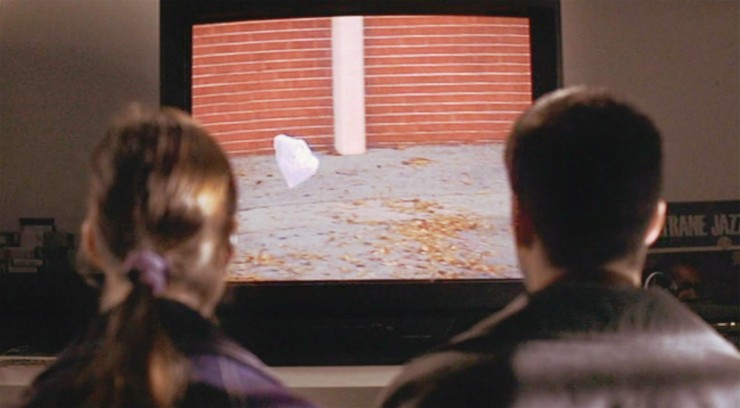
Winner of five Academy awards, including Best Picture and Best Director, “American Beauty” is the quintessential American culture-themed black comedy, full of sexual tension, family secrets and plenty of ennui. Although it does contain a lot of dramatic elements, apart from a few scenes, there is almost always a comedic undertone varying from awkwardness about social and marital pressures to purely dark irreverence for the American Dream. Directed by Sam Mendes and starring Kevin Spacey, Annette Bening and Chris Cooper, “American Beauty” takes the dark comedy to the serious side only to bring it headlong into complete absurdity when the lives of seemingly normal Americans become fragmented beyond repair.
In structure, “American Beauty” is similar to a Shakespearean tragicomedy but with a modern perspective, and without the happy ending. Like Shakespeare, screenwriter Alan Ball uses light-hearted moments and witticisms throughout the tragic plot line, presenting serious subjects alongside the often humorous banter of an eccentric cast of characters. While the main character and narrator, Lester Burnam, is dissatisfied with his life and finds very little pleasure in his daily activities, his teenage neighbor Ricky has the mind of an artist, finding pleasure in simple, fleeting moments, which he constantly films with his camcorder. This contrast becomes a central theme as many of the characters struggle to find beauty and meaning in a rather constrained setting of an upper-middle-class suburban neighborhood.
Much of the comedy in “American Beauty” is derived from the banter between sometimes irreverent characters as they face divorce, infidelity or worse. And the dark aspects of the film often involve secret desires, again coinciding with the idea of chronic dissatisfaction. Almost everyone in “American Beauty” is looking to escape a seemingly trapped existence, a theme that is no less relevant today than it was at the time of its release in 1999.
3. Heathers (1989)
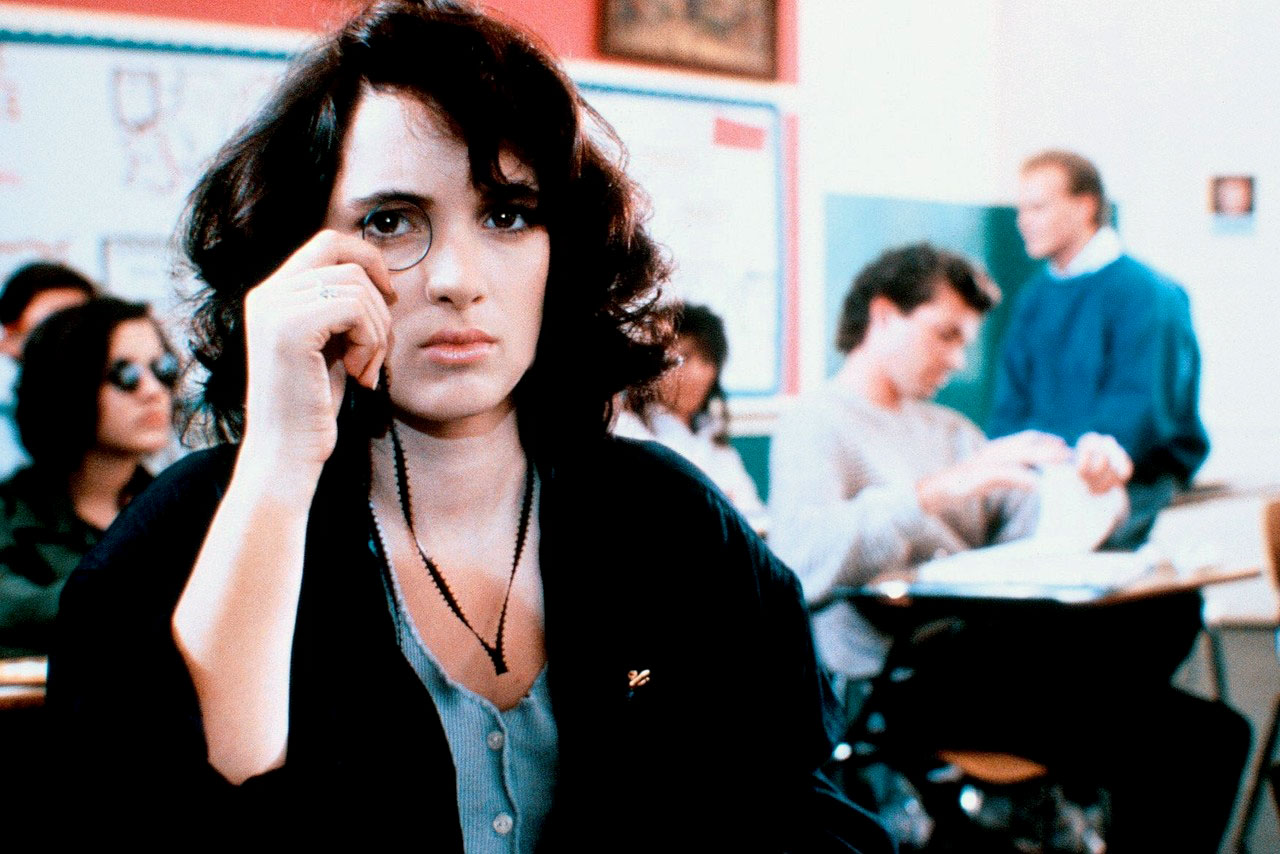
A film in which a group of popular teens decides that suicide is a cool thing to do, “Heathers” is another cult classic that is often recognized for its use of irony and black comedy themes. What makes this film stand out, aside from its ludicrous plot, is its colorful exterior, an almost Day-Glo sheen over the ensuing darkness of the storyline.
Everything in Heather-land (Westerburg) is manicured to perfection on the surface but with a vicious undercurrent that is generally accepted as normal. Friends speak to one another as if they are enemies, and everyone over 18 years of age seems almost impossible to speak to for more than a few seconds at a time. As a result, the main character, Veronica (played by Winona Ryder), begins to despise the other members of her popular high school clique. When she conspires with the new kid in school, Jason Dean (“J. D.”), to give one of her friends sleeping pills to stage a mock suicide, the accidental death results in a kind of martyrdom that makes the situation even worse. As one dead Heather is replaced by another, the spiral of darkness can only end badly for all involved.
Director Michael Lehmann’s first major motion picture, “Heathers” is clearly unique in its dark portrayal of suburban culture in the ‘80s. The juxtaposition of superficial beauty with social ugliness is a common theme in dark comedies, but in “Heathers,” that dynamic is so stark that it can be jarring to the audience and provocative in its implications.
Like a “Bonnie and Clide” of ‘80s consumer culture, the duo at the center of the “Heathers” story, Veronica and J.D., seem almost like two sides of the same psyche, but lacking the ego to establish any sense of order or sanity. Locked in the relationship by her infatuations, Veronica becomes a bystander in her own life, watching as J.D. escalates his murderous plots for the sake of some deluded sense of justice. Yet because his targets (the “Heathers” of the world) are so shallow and derisive, there is a certain amount of sympathy for his cause (at least in the beginning). Thus, for both Veronica and the audience, the violent denouement that follows serves as a reminder of just how senseless the violence really is, and how destructive the consequences.
4. American Psycho (2000)
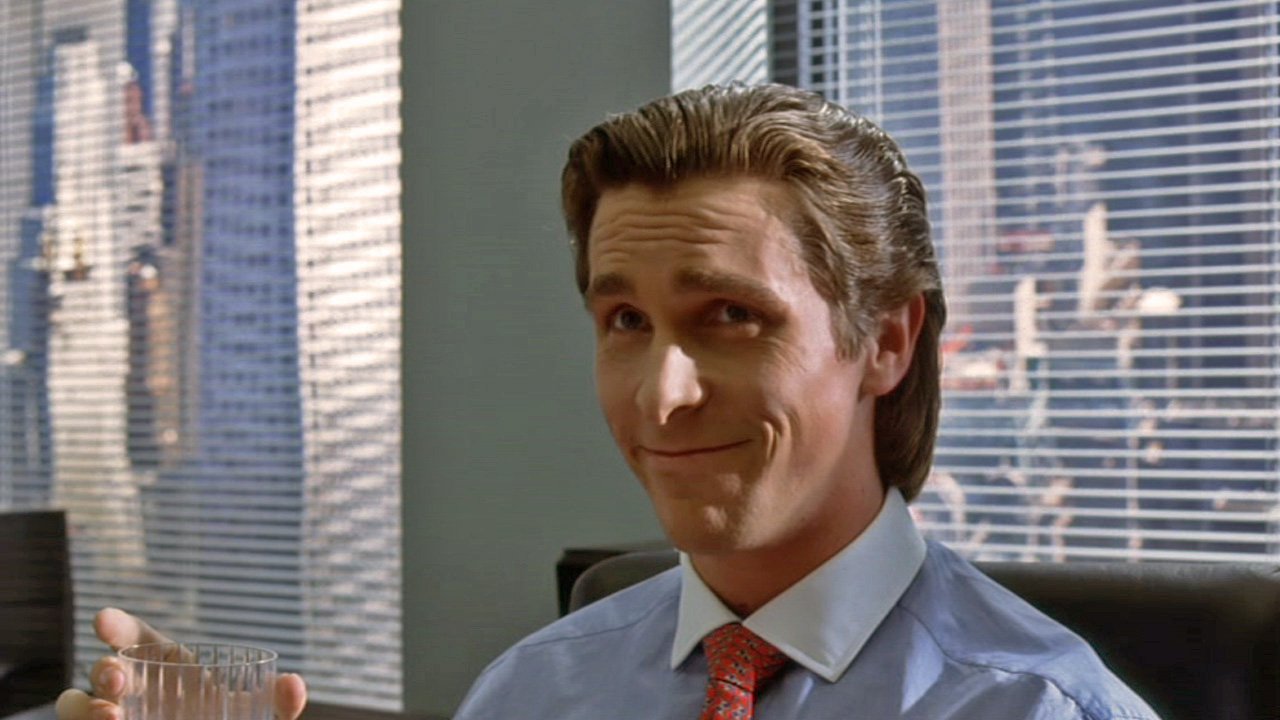
While not filmed in the ‘80s, “American Psycho” takes place in the ‘80s, using the power hungy yuppie and serial killer archetypes in one, rather alarming characterization of a professional-class American. A popular choice in dark comedy lists due to its graphic violence and black humor, this film is about as dark as comedy allows, depicting unrestrained acts of violence in glaringly vivid detail. Directed by Mary Harron and Guinevere Turner, the direction team behind the new “Charlie Says” series about the Manson murders, “American Psycho” is an example of a film that challenges existing paradigms by mixing dramatic intensity with seemingly uncontrollable comedic impulses, reflecting America’s obsession with serial killers in a way that is both shocking and irreverent.
Because the violence in “American Psycho” is so extreme, and the cultural setting so ego-driven and uncaring, the film creates a rather unsettling worldview that places some of the blame for such criminal excesses on the value system that enables it (or even emboldens it). And with a central character so morbidly gleeful in his indulgences, the outright nihilism of his moments of humor almost seems to call into question the audience’s own vicarious pleasure in viewing and laughing along with such debauchery.
In fact, there are times when the humor seems almost forced, as if purposefully rendered unamusing by its realism. This blending of the hyper-real with the subjective is one aspect of “American Psycho” that distinguishes it from other films, particularly from the “splatter” genre that uses extreme violence in an exaggerated, often flamboyant manner. The realism may stop some audience members from laughing during the more lurid scenes, but it doesn’t detract from the film’s significance as a highly dramatic and ironic depiction of an American serial murderer.
5. Delicatessen (1991)
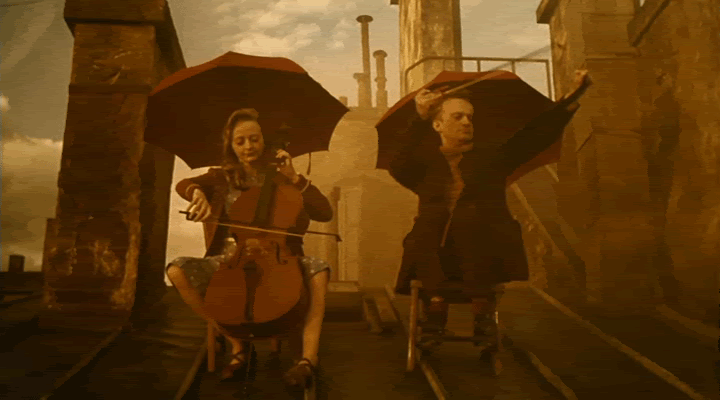
Not the first comedy to include cannibalism in its storyline, but “Delicatessen” may be the only major comedic film with cannibalism at the center of its plot. Directed by Jean-Pierre Jeunet and Marc Caro of “City of Lost Children” fame, “Delicatessen” is considered a cult classic by some, and to others, part of a late 20th century golden age in French cinema. This film has an incredibly dedicated following and often plays at independent theaters, both in Europe and the U.S.
Referred to on IMDb.com as “post-apocalyptic surrealist black comedy,” “Delicatessen” has a mixed style that gives its dark humor an otherworldly context, a kind of oddball, zany quality that combines fast-cut editing with neurotic characters and situations, the overall mood being one of desperation in a world low on food. When the dark acts of cannibalism are reintroduced after a horrifying (and humorous) opening scene, the comedy escalates as well, taking the film into a macabre world of life on the fringe of a futuristic France.
Yet despite the more fantastic elements, there are times when the film’s dark tenement setting seems to parallel the German occupation of France during World War II, complete with a resistance movement of vegetarians arriving to stop the mad butcher. Like a lot of dark comedies, “Delicatessen” holds a critical eye to the subject matter it explores, and though it takes place in the future, it also reflects a not-too-distant past that can very easily be repeated (or worse).